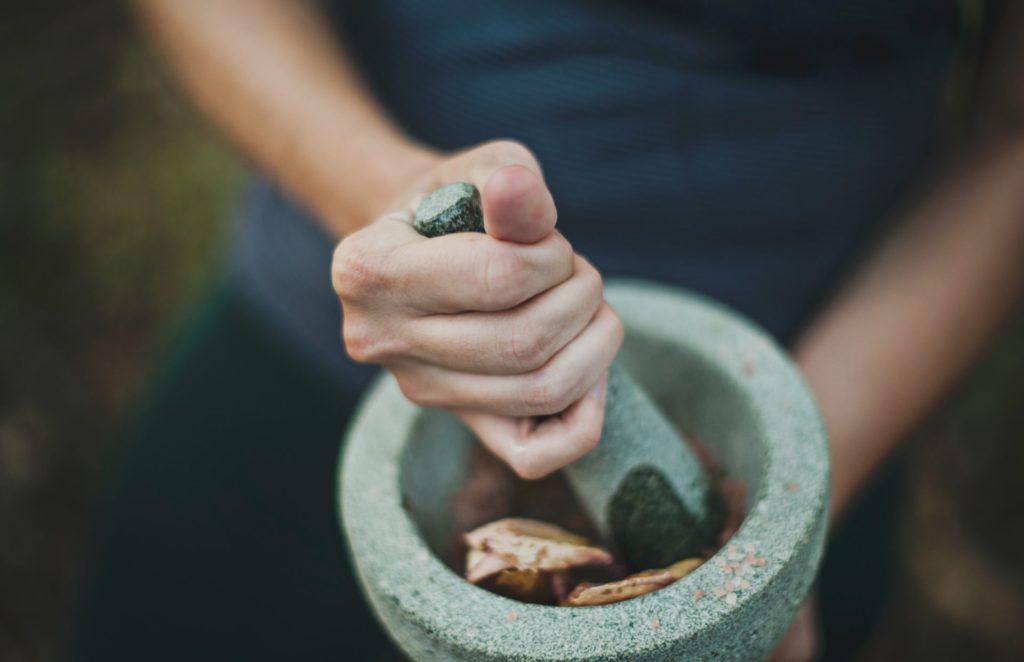
Our incredible body has the innate wisdom to be well. It will always work hard to find Balance and Homeostasis – it just needs to be consciously nourished to be healthy.
Naturopathy ignited my passion for natural health and inspired me to learn how to apply this fundamental knowledge to support and educate clients on their journey to wellness. I have always had a firm belief in the power of nature and that natural forces within each of us have divine programming to keep us healthy and strong.
Nature has an innate desire for perfection, following the laws of the universe or ‘golden ratio’ which govern the dimensions of everything. The best example of this is in the Fibonacci sequence found in the petals of flowers, the scales of a pineapple and the simple seashell spirals. These laws of the universe also apply within the human body. All cells at the moment of conception, have a built-in knowing as to their purpose – becoming either a liver cell, a brain cell or a muscle cell until a perfect human body is born into the world.
Naturopathy, or ‘Nature’s Cure’ is underpinned by the fundamental principles of harmony between our environment, our nature and our way of life. This philosophy is evident in ancient healing techniques of Ayurveda, Traditional Chinese Medicine and many other early cultural remedies. Hippocrates (468-377 BC) understood this and recognised that disease was manifested by disharmony between the mental, emotional, physical and spiritual body. Known as the father of medicine, Hippocrates laid down the foundation for many healing modalities that exist today, including orthodox western medicine, where medical students are required to take the Hippocratic oath and swear obedience to the physician’s Law.
Back in Time
We are part of nature and the universe, and by adhering to these principles, early 19th century naturopaths understood how to prevent disease and promote healing in a holistic way.
Dr Henry Lindlahr (1862 – 1924) wrote many books including ‘Philosophy of Natural Therapeutics’ in the early 1900’s, a seminal work for naturopathic theory. He also identified the 3-fold nature of man “Physical body is dominated by mind. Mind is inspired through inner consciousness (soul)”.
Rudolph Steiner (1861-1925) and Edward Bach (1886-1936), promoted the use of wild herbs and flowers as medicines to bring balance back to the body.
Father Sebastian Kneipp (1821 – 1897) promoted hydrotherapy, curing his tuberculosis by bathing in the Danube and is quoted as saying “Many people died while the herbs that could have saved them, grow on their graves”.
Dr Max Gerson (1881 – 1959) viewed toxicity and deficiency as the basis of disease, and promoted a cleansing diet of mostly vegetable juicing, soups and coffee enemas as a way to flood the body with bioavailable nutrients. His methods are still used today, to treat heart disease, kidney failure and cancer.
A key pillar of naturopathy is that prevention is preferable to cure. In spite of the great benefits of orthodox medicine, the focus on preventative medicine is severely lacking. In the 2nd century BC, Chinese physicians were paid to keep their patients healthy, and not paid if the patient became ill. Sadly, in our modern medical system, the paradigm has shifted to waiting until something is broken before fixing it. Additionally, treatment is often focussed only on what is broken, rather than treating the entire system, which is where naturopathy and nutritional therapy are so powerful in treating the entire organism. They follow the belief that all systems in the body are part of the whole and need to be treated as such.
Naturopathy in today’s world
We now live in a world that is moving away from nature, towards technology, genetic modification in agriculture, electromagnetic pollution and a plethora of toxic chemical pollutants that didn’t exist a century ago. Coupled with a sedentary, indoor lifestyle this has led us into a global health crisis of epidemic proportions. As a final nail in this coffin, the suppression of ill health symptoms, so prevalent in our current medical system, creates new challenges for today’s naturopath, requiring an eclectic approach from a holistic toolkit, to reverse this onslaught and support clients back to balance and vibrant health.
Naturopathic Principles
- The Healing Power of Nature – the body has the power to heal itself
- Prevention is preferable to Cure – encourage health for prevention of disease
- Identify the Root Cause – seek the underlying cause of disease rather than simply suppressing symptoms
- Treat the Whole Person – each individual is seen as a complex interaction of physical, emotional, mental and spiritual
- First, Do No Harm – Only safe and natural therapies are employed
- The Therapist as Teacher – educating and empowering clients to adopt a healthy lifestyle and diet
- Establishing health and wellness to achieve abundant vitality
There are a number of fundamentals of cure in naturopathy, including the understanding that most disease is due to the same cause, such as accumulation of toxins, suppression (pharma drugs) and dysfunction in elimination pathways (kidneys, digestion). Acidity in the body is a key factor in disease and maintaining the correct pH balance (7.0 – 7.2) in the body is vital to self-healing. Contrary to current medical protocols, inflammation and fever are vital to the healing process and should not be suppressed. They create a process of discharge in the body that results in self-healing.
Herings Law of Cure describes how symptoms may get worse before they get better, and healing follows a reverse order to disease manifestation, we heal from top to bottom, from inside to outside (skin often heals last).
Naturopathy is about finding the root cause of disease & supporting the body through diet, herbs, intermittent fasting, hydrotherapy, massage, sunshine, exercise and positive mindset.
Therapies supporting Naturopathy
Naturopathic medicine is supported by a number of therapies which include:
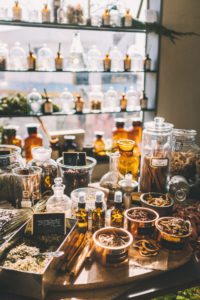
Homeopathy – which is based on the principle of treating ‘like with like’, was founded by Samuel Hahnemann (1755 – 1843). This is an energy healing therapy that relies on subtle energetic messages from significantly diluted substances, which trigger the bodies self-healing mechanisms. The principle is that, what causes disease in large doses can be used in small doses to treat similar symptoms. A homeopath will prescribe medicines according to the specific symptoms and nature of the client. Conventional medicine sometimes uses this principle, such as snake venom antidote to treat a snake bite. An important difference is that homeopathic remedies are non-toxic due to their significant dilution process.
Did you know:
- Homeopathy is the second largest system of medicine in the world. Over 200 million people use it worldwide
- In India more than 100 million people depend solely on homeopathy for their healthcare
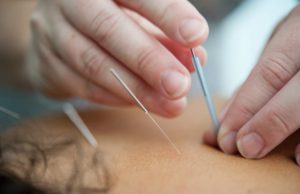
Acupuncture – is a treatment derived from ancient Chinese medicine and is now recognised and occasionally used in the NHS. Fine needles are inserted at certain sites or meridians in the body for therapeutic or preventative purposes. Medical research has shown acupuncture to be a successful treatment for chronic pain conditions, such as migraines, joint pain or back pain. Traditional acupuncture follows the belief that an energy, or “life force” (called Qi, pronounced chee), flows through the body in channels or meridians. When these channels become blocked, illness develops, and acupuncture is used to restore the flow of Qi.

Herbal Medicine – makes use of plants, herbs and extracts to deliver phytonutrients, which have potent healing powers, to the body. It stems from traditional Chinese medicine whereby herbalists extract plant substances from different parts of the plant, stems, roots, flowers, to create medicines. The body uses these nutrients to prevent illness or trigger self-healing in a natural and holistic way.
Note: Due to the potency of herbal extracts, and the fact that they may interact with pharmaceutical drugs (which are also based on plant extracts), caution is advised when mixing herbal medicine with conventional medicine.
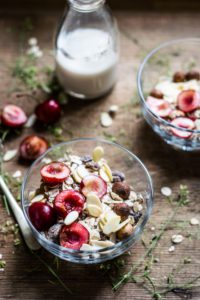
Naturopathic Nutritional Therapy – uses the principle that food is medicine, and that nutrient insufficiency and the wrong types of food can cause illness. Incorporating whole foods and phytonutrients (plants) in the diet is also a key part of nutritional therapy. As is a holistic approach to the pillars of health that include a balanced diet that is personalised to the individual, fresh air, clean water, exercise and a positive mindset.
Naturopathy Resources:
The Association of Naturopathic Practitioners
British Association for Nutrition and Lifestyle Medicine
British Herbal Medicine Association
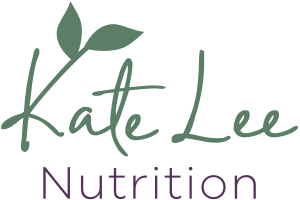

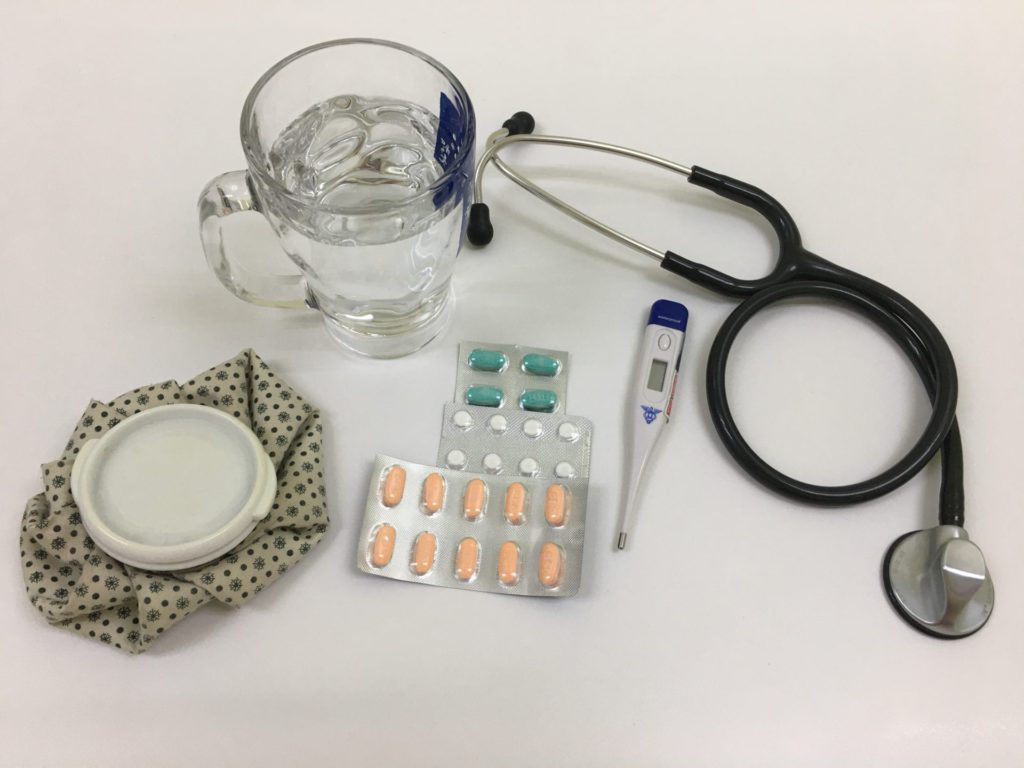
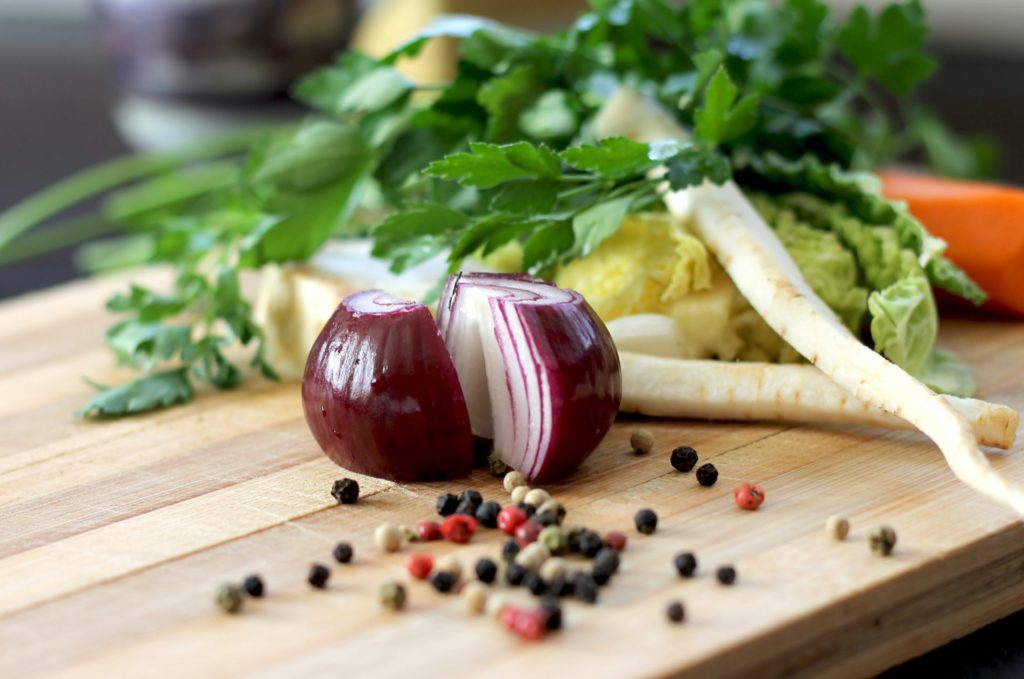
0 Comments